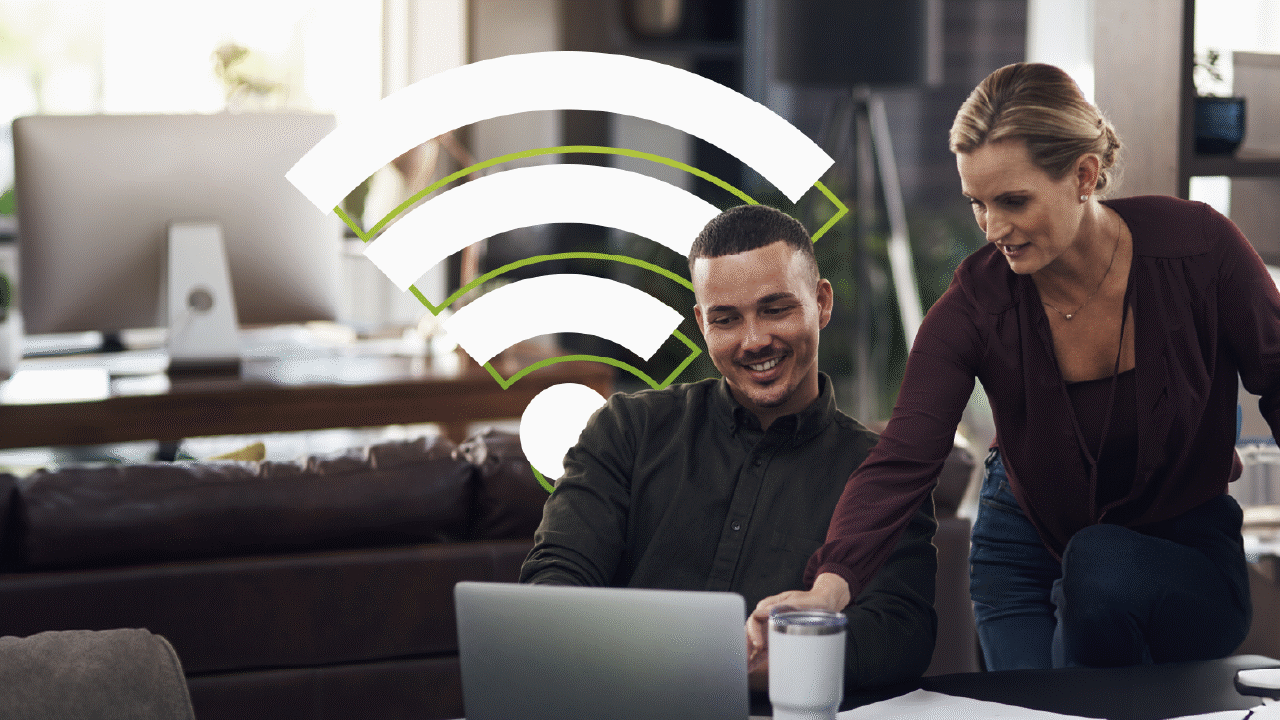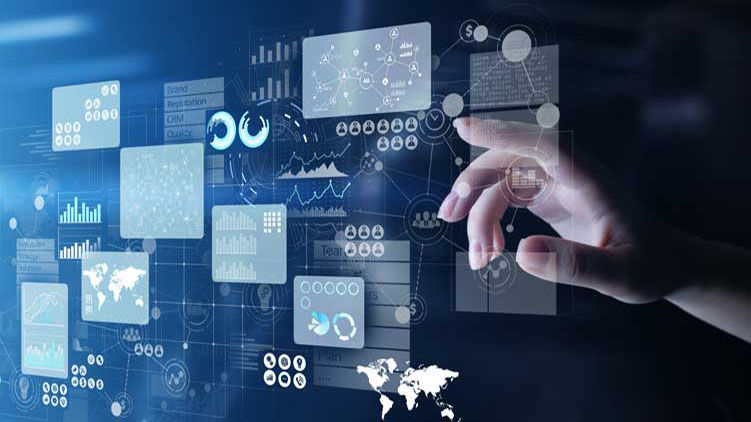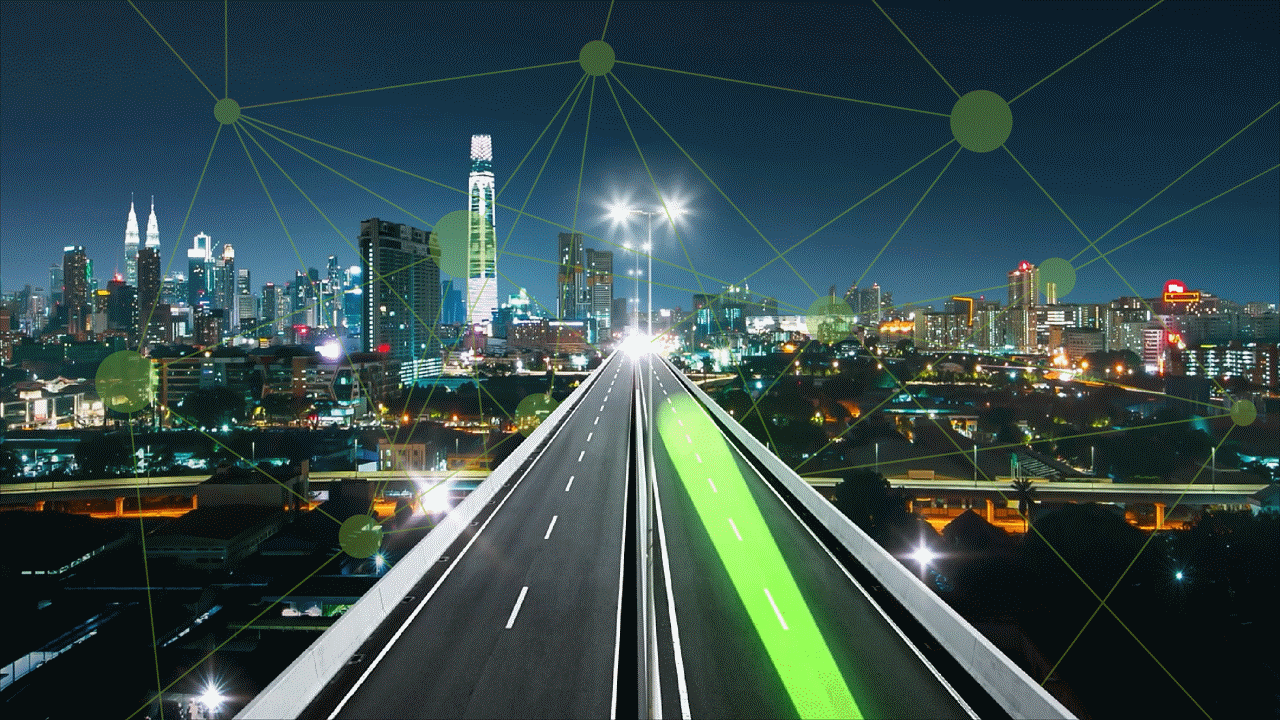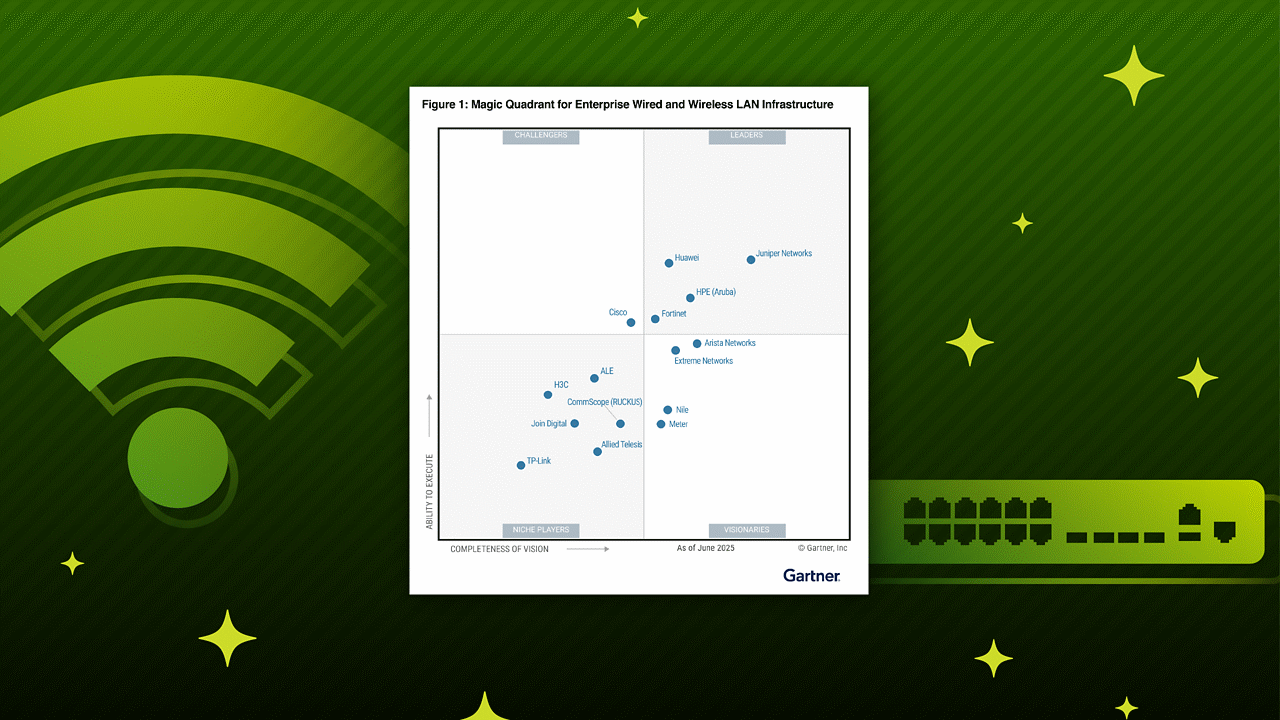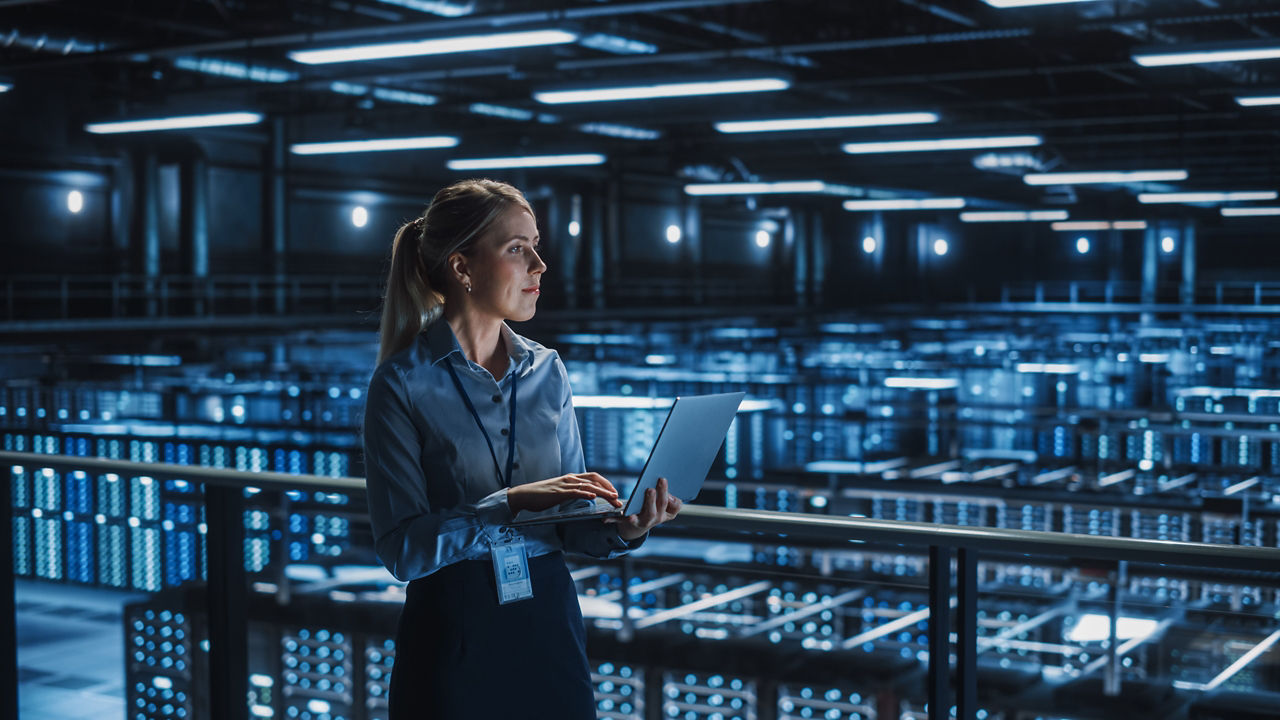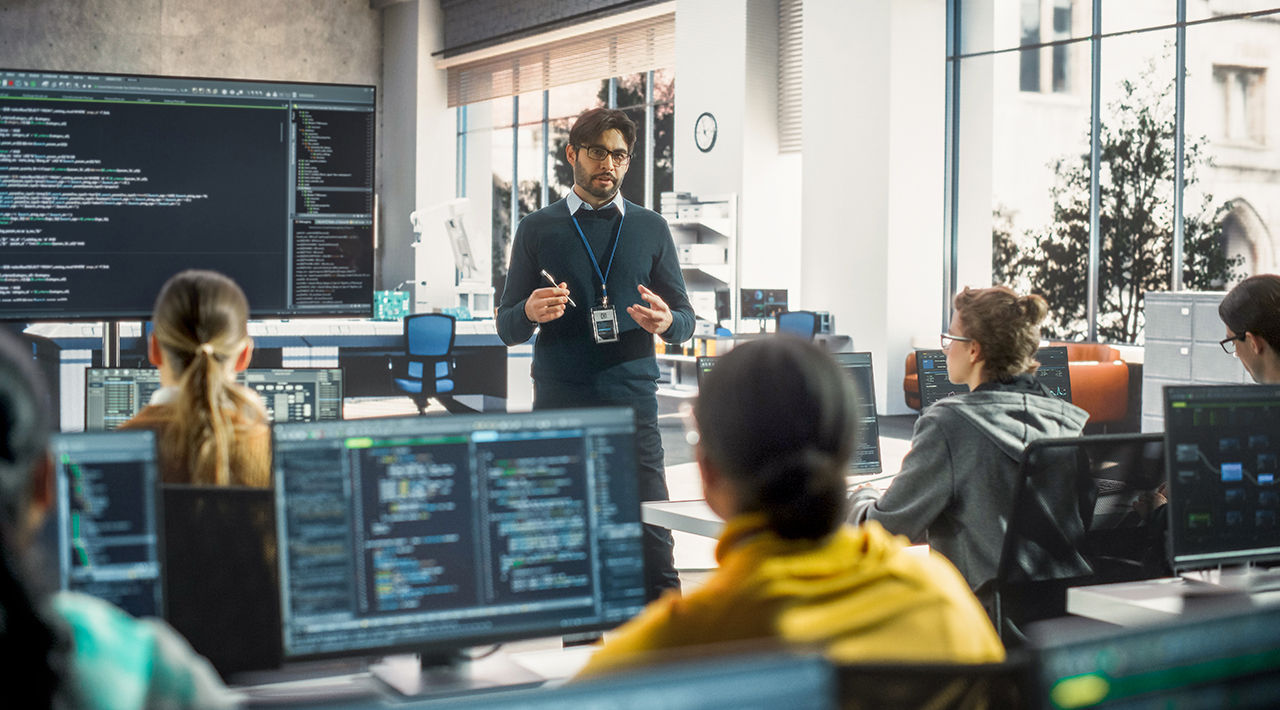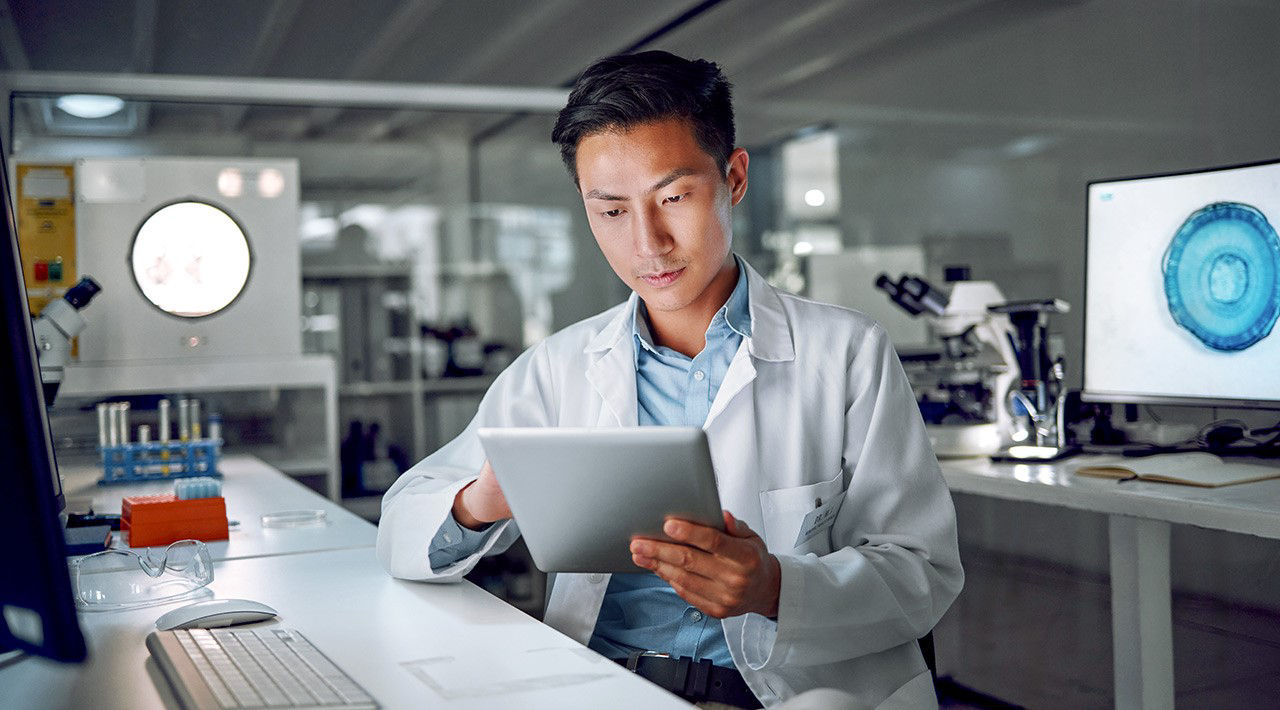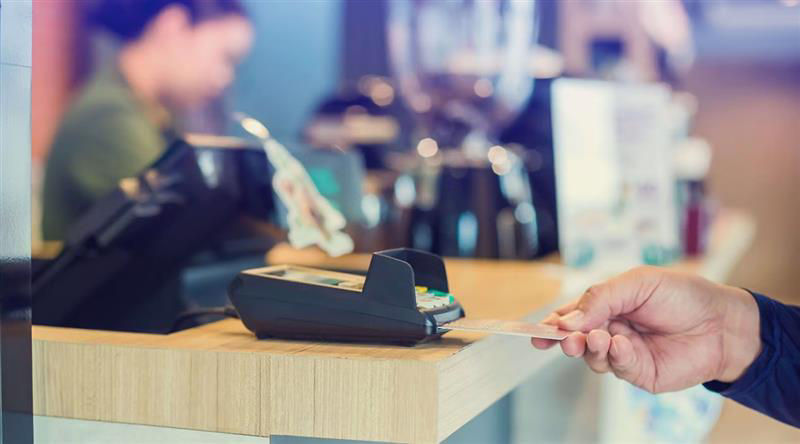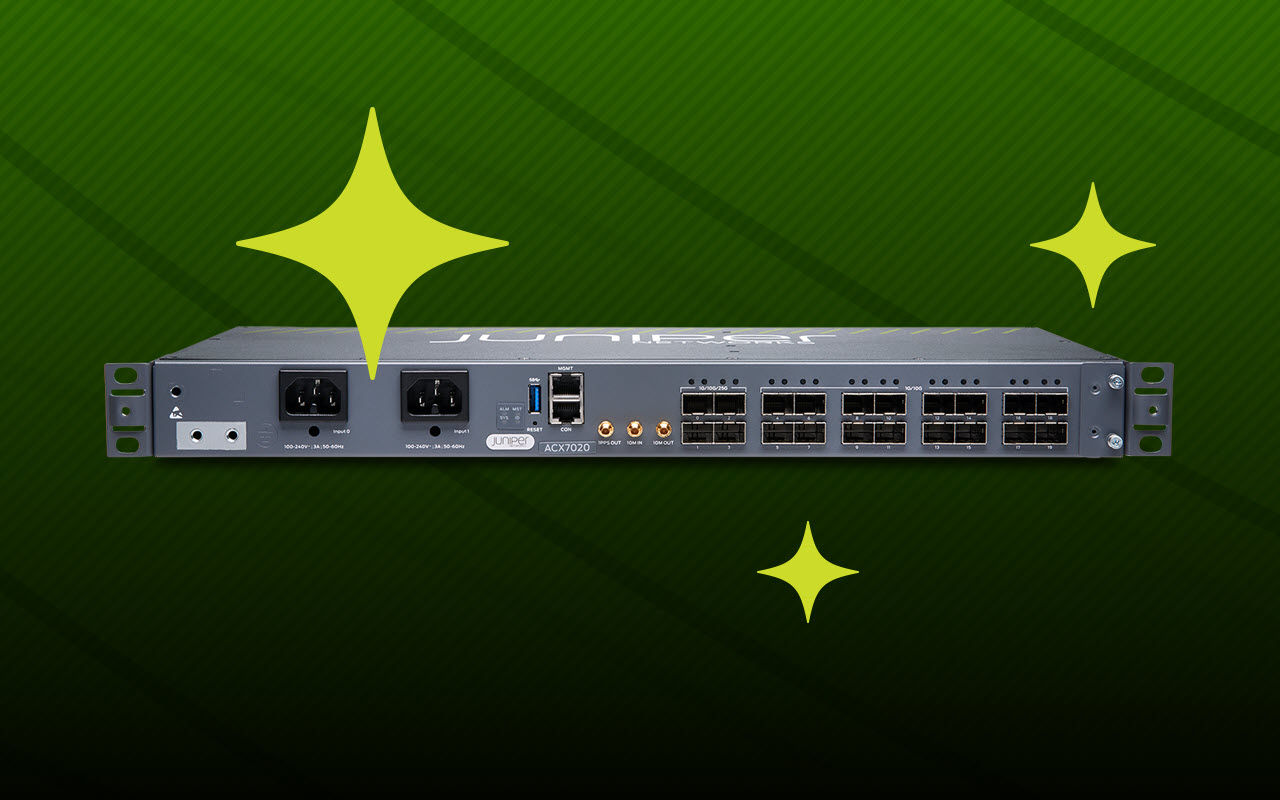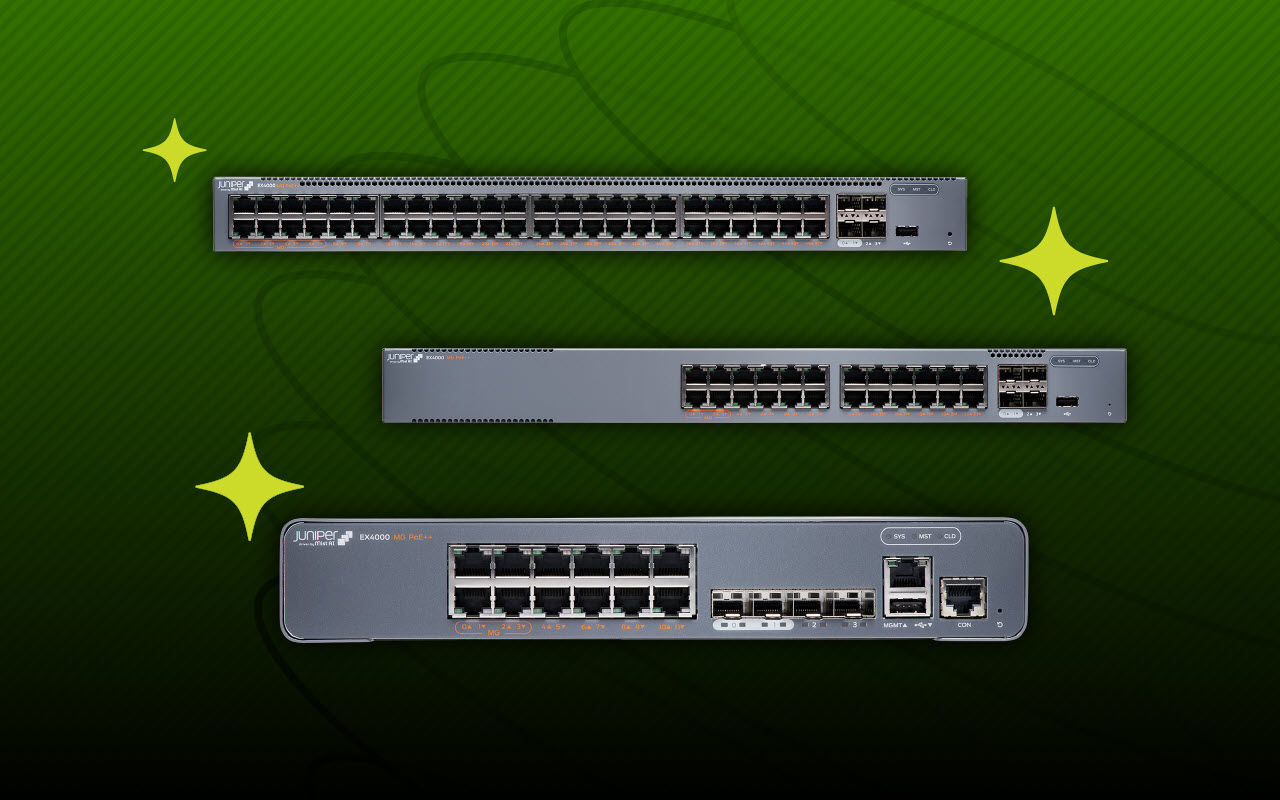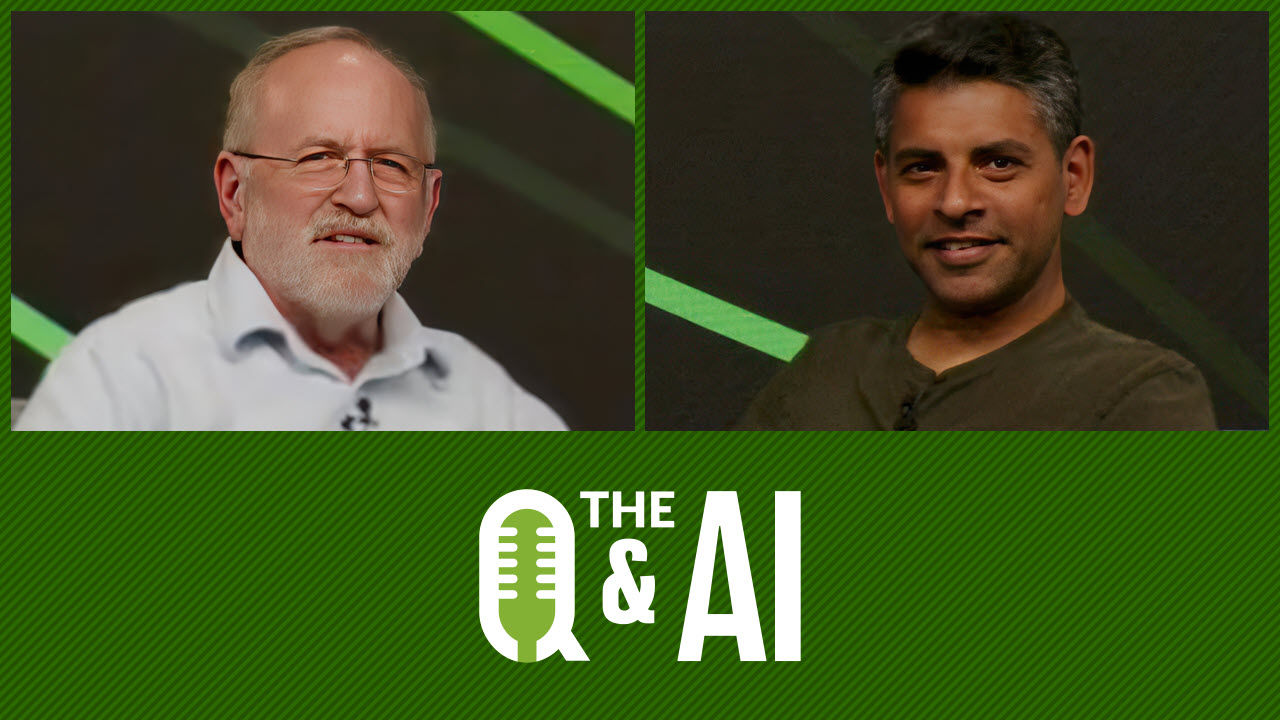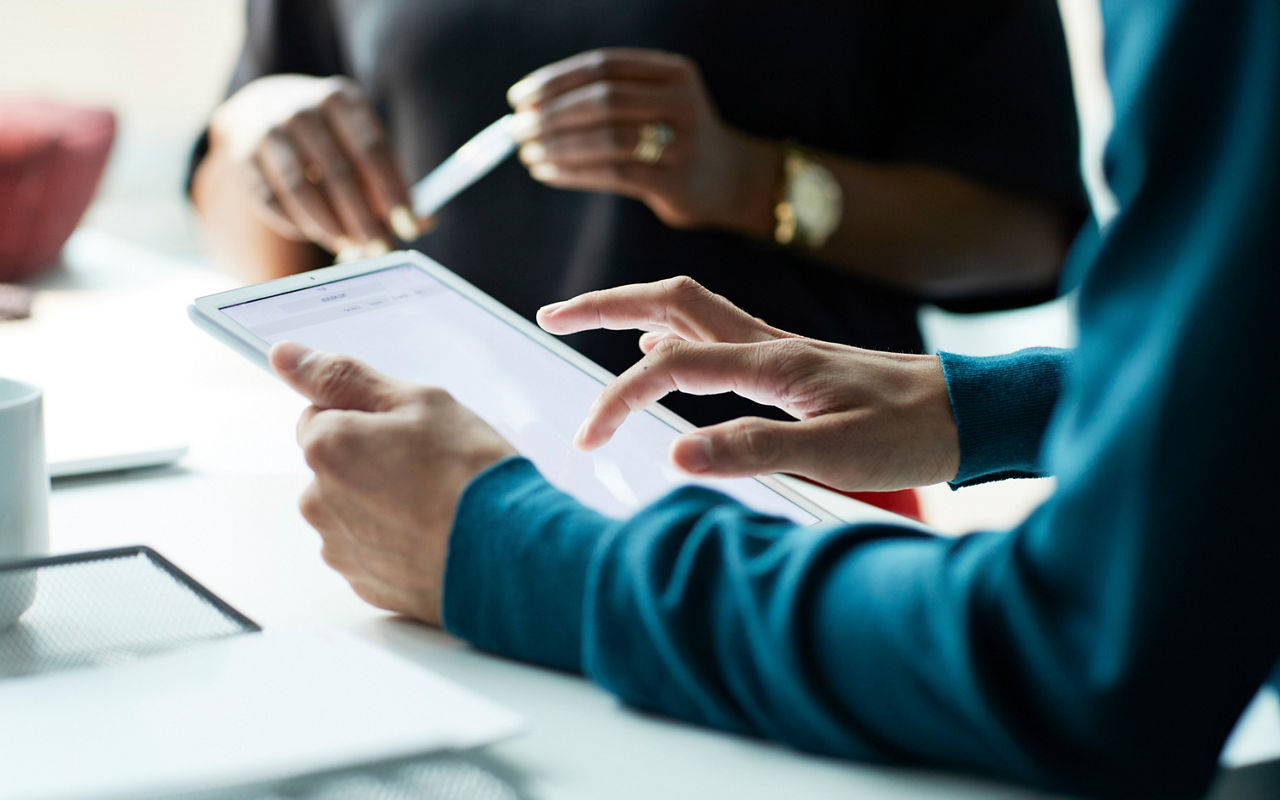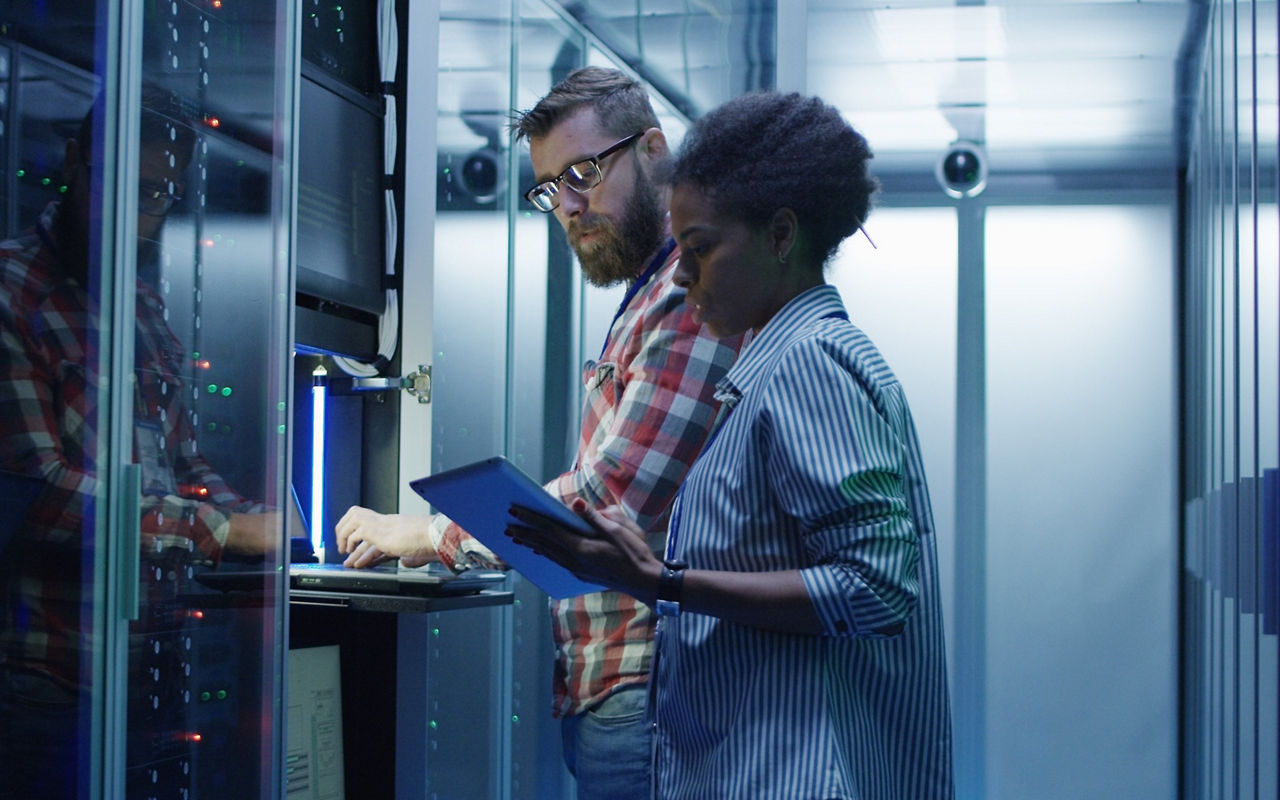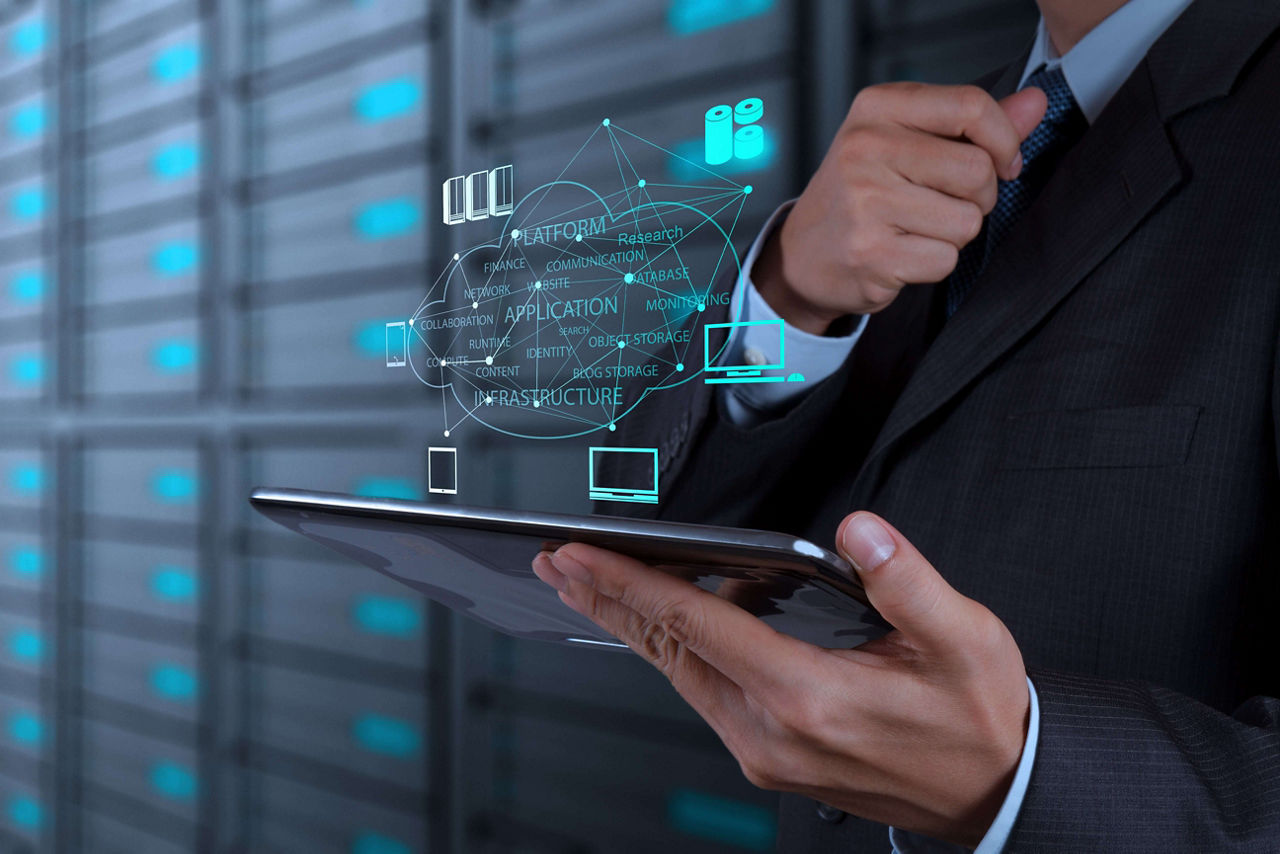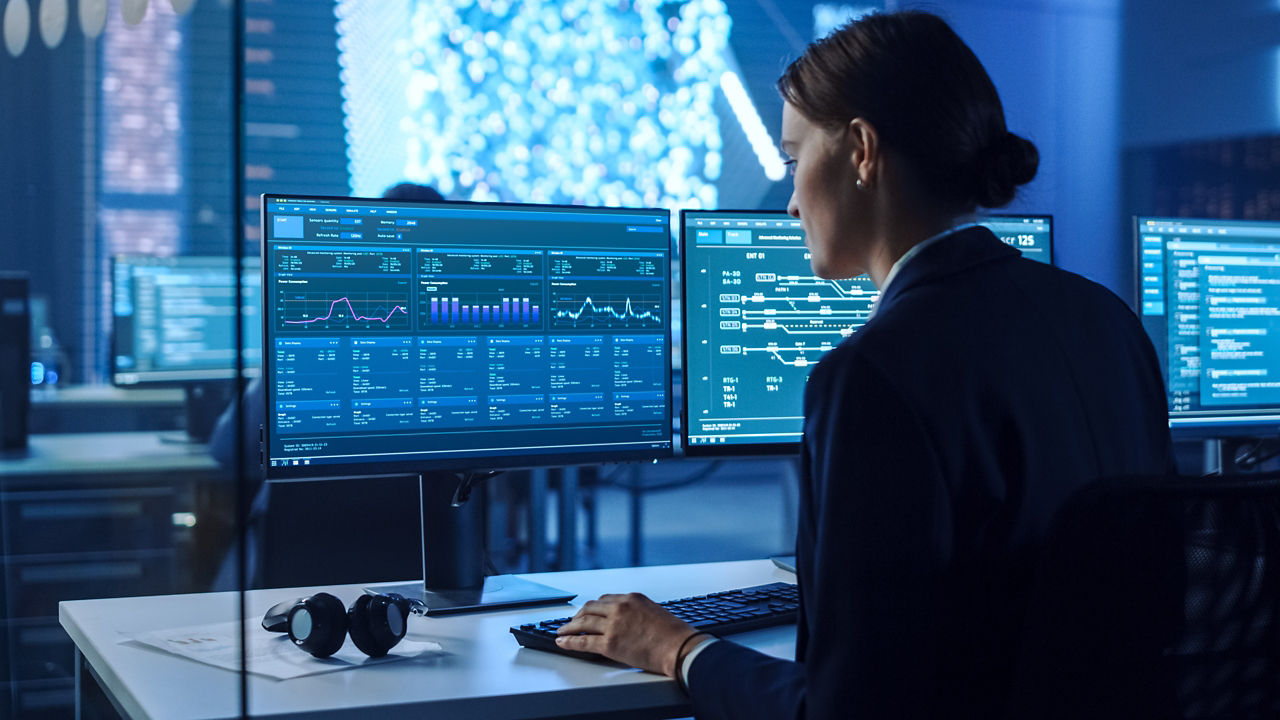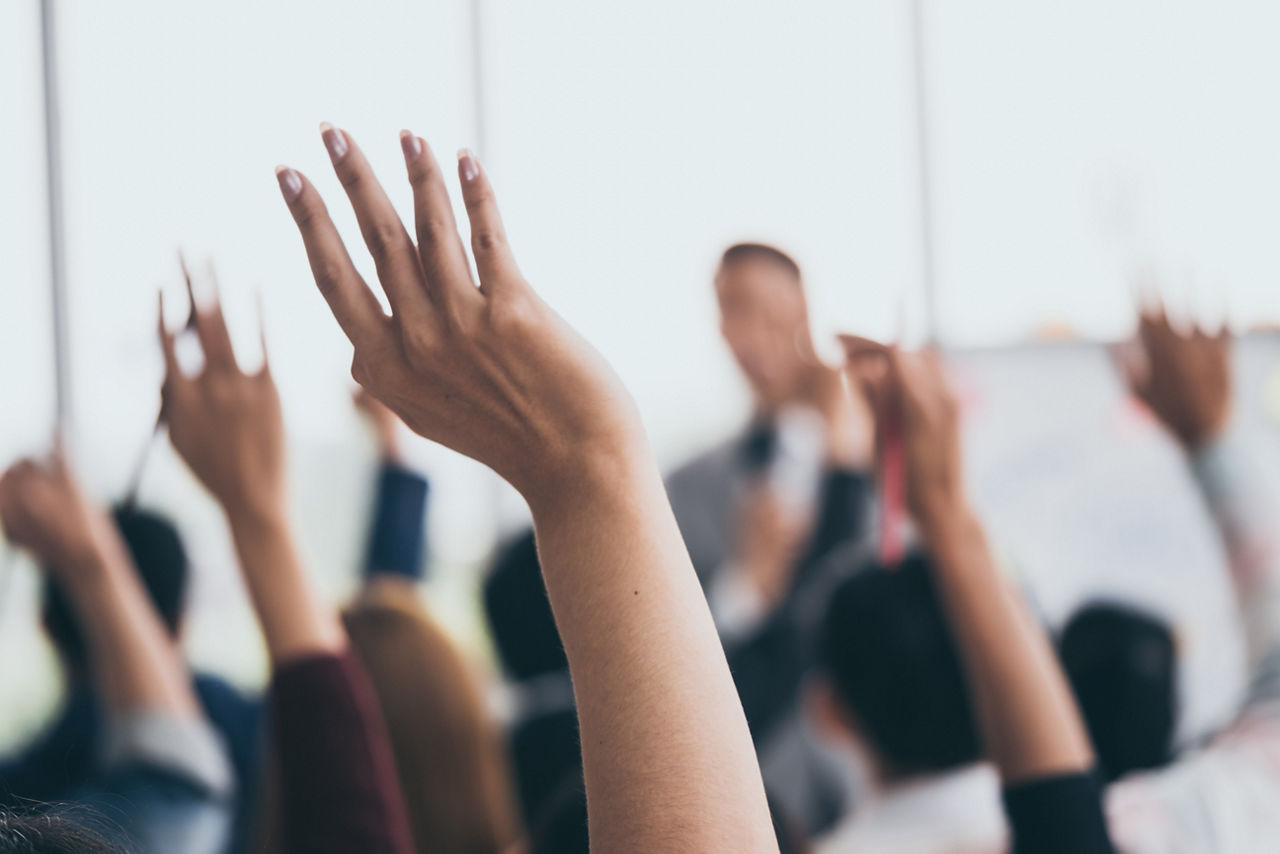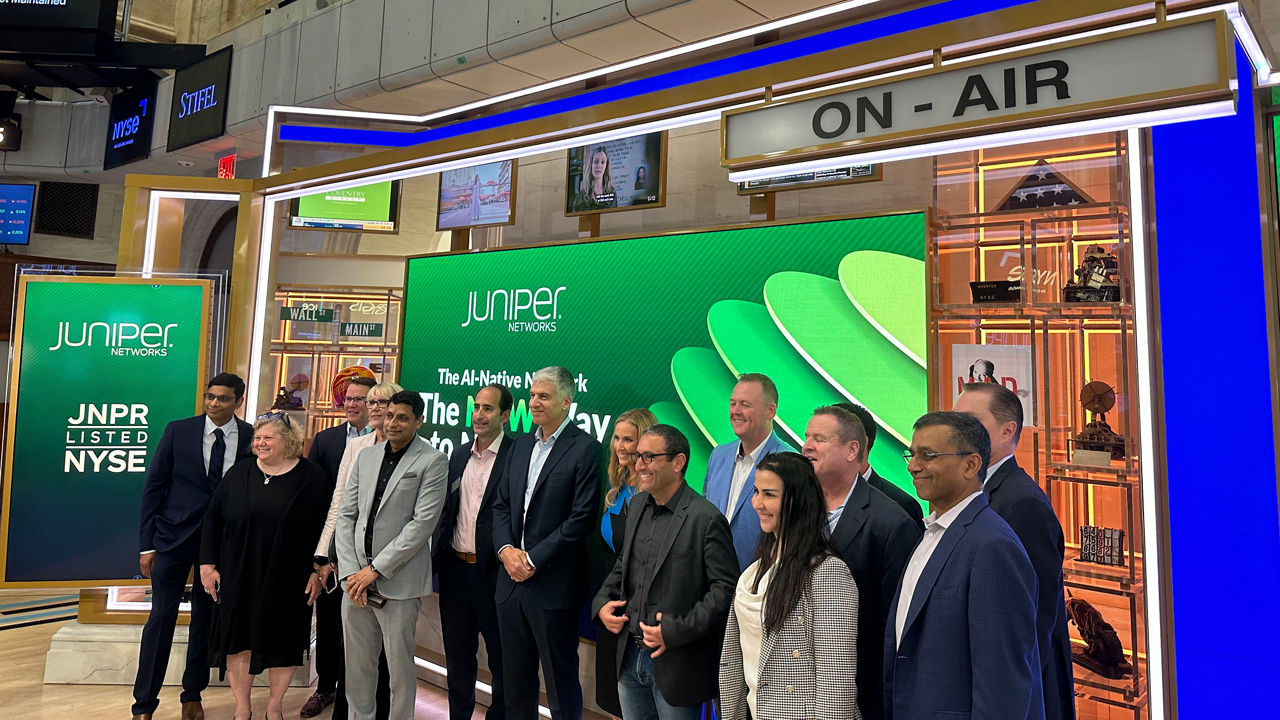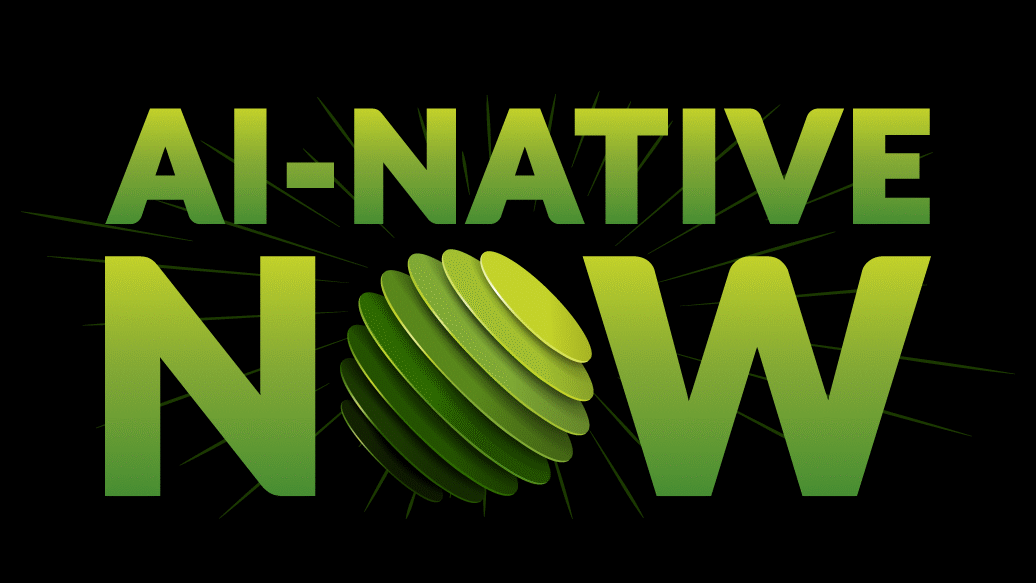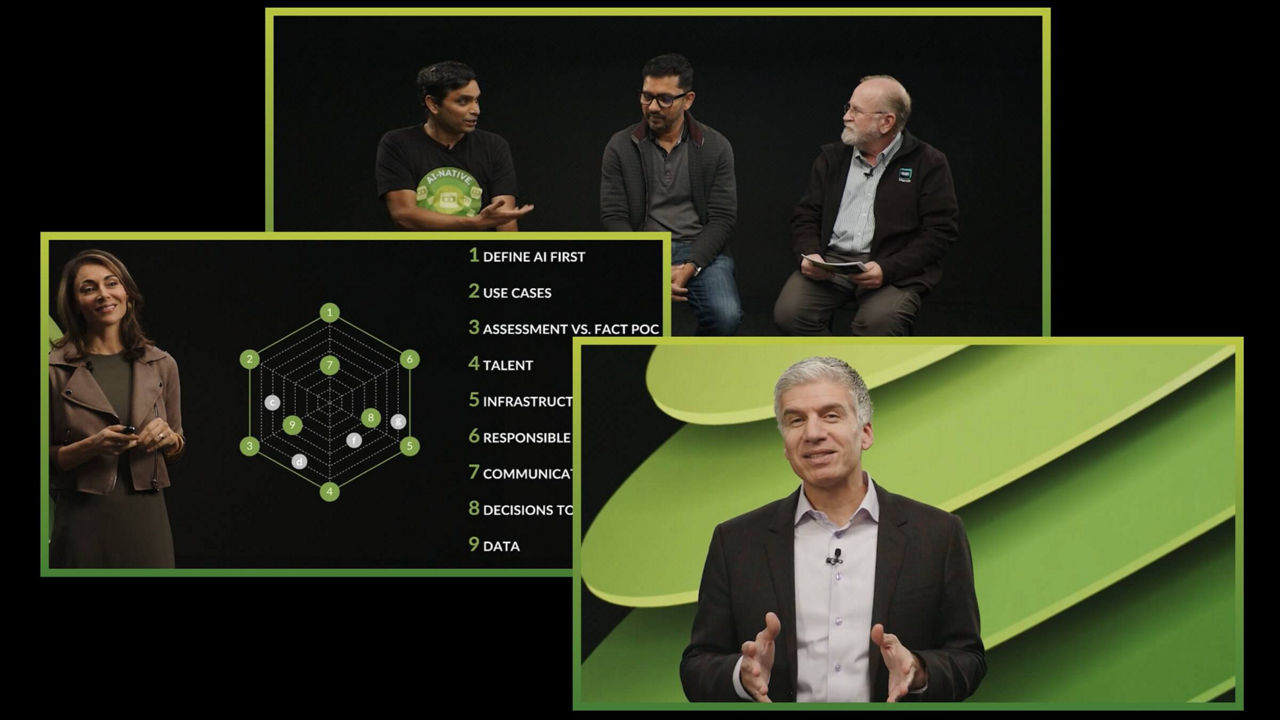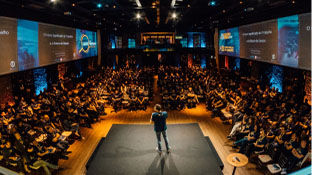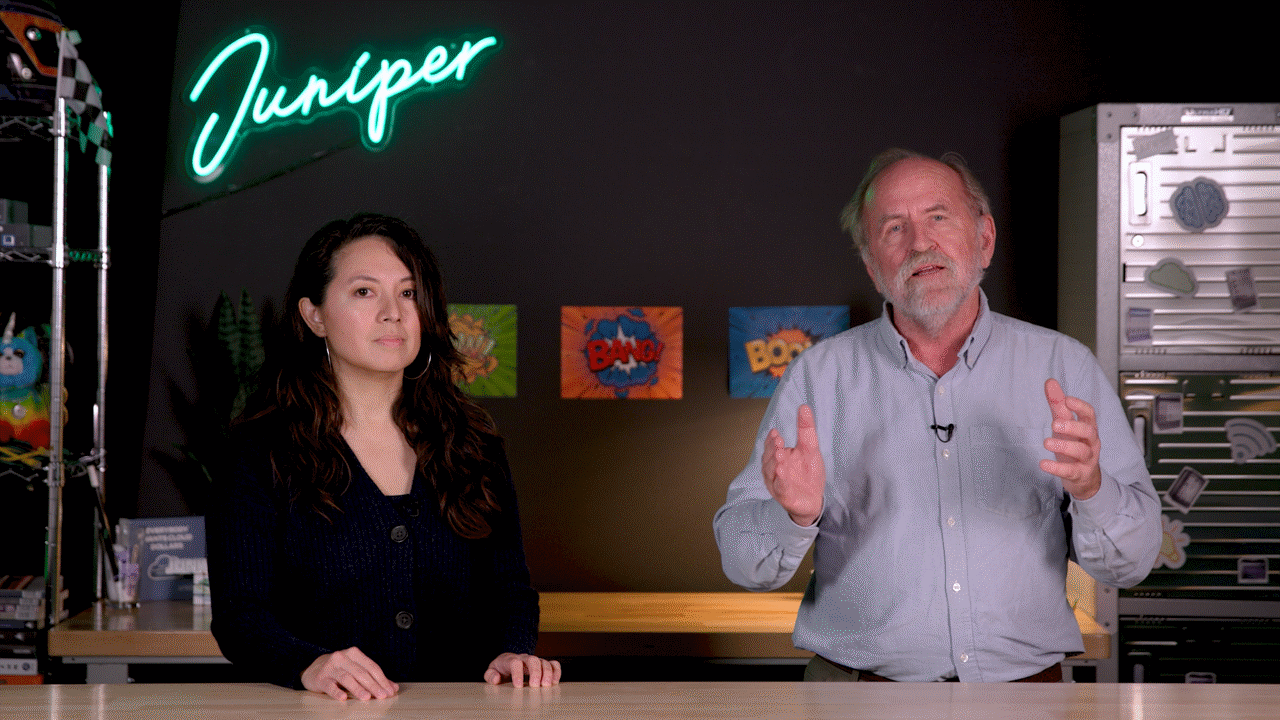Back Together, But Not Too Close
Thanks to COVID-19, millions of traditional office workers are currently taking part in an unprecedented work-from-home experiment.
While many are happy with this situation, embracing the flexibility and short commute that teleworking offers, not everyone sees remote work in their long-term future. Whether it’s because they feel more productive in the office, they miss collaborating with colleagues, or they lack the tools and resources at home to do their jobs effectively, many people want—or need—to head back to the office as soon as possible.
But bringing back remote workers is not as simple as unlocking the doors and putting out the “open for business” sign. The workplace must adapt to the new realities of living with waves of COVID-19.
Beyond corporate responsibilities and employee expectations, OSHA, ADA, and similar statutes mandate that employers keep workers safe. As COVID-19 has been identified by the CDC as a threat to worker safety, employers must proactively review and update their business continuity plans to ensure that employee safety is appropriately safeguarded.
This means employers need to evaluate new safety measures, such as giving employees more space to spread out and not share workspaces. Regular temperature checks and frequent hand sanitation may become a workplace routine. New practices such as regular testing, contact tracing, and social distancing may be required to effectively keep employees safe.
Juniper is focused on safely bringing people back to our offices, with policies and supportive technologies that give employees confidence that their health is not at risk. Juniper was one of the first companies in the Bay Area to meet all health and safety requirements from OSHA and Santa Clara County.
Together, But Not Too Close
As Juniper moved into its most recent phase of re-occupancy, key development and test engineers were asked to return to offices in the U.S., India, and China to effectively perform their jobs.
“These engineering teams are core to product development,” says Brad Minnis, vice president of environment, health safety, and security at Juniper. “In fact, these are some of the company’s most strategic resources, which makes it essential they get back on site in a safe and productive manner.”
In response, Minnis’ team has implemented a host of measures designed to protect all employees returning to the office. For example, infrared temperature checks were deployed in building lobbies, more sanitization stations were installed, and new physical distancing rules were established.
Enforcing these new workplace health and safety policies can be resource intensive.
“It isn’t practical to hire and train dozens of people to ensure employees are maintaining proper social distancing everywhere,” Minnis says.
Contact tracing has been a part of Juniper’s pandemic response plan since COVID-19 emerged. When employees in Juniper offices reported COVID-19 symptoms at the start of the pandemic, contact tracing enabled Juniper to identify other staff who were potentially impacted, reducing the spread and identifying where additional cleaning and disinfection was required.
Contact tracing is a race against time. Identifying everyone who was within six feet of a person infected with COVID-19 for at least 15 minutes and notifying them about exposure allows people to be more vigilant and seek medical attention if they experience symptoms.
“Manually tracing contacts takes an extended period of time and delays our ability to respond by notifying people who may have been impacted and focusing disinfection efforts,” Minnis says.

Getting an Assist from Technology
A number of contact tracing solutions have sprung to address the needs of businesses, schools, and governments everywhere.
As a global operation, Juniper needed a consistent solution for contact tracing that could be tailored to the health safety conditions and requirements in each region.
While installing third-party contact tracing apps on employees’ mobile devices was one option, Minnis and the health safety team quickly ruled it out. Contact tracing apps require people to permit location tracking on their phones, which creates deployment complexity and raises privacy concerns.
Instead, Minnis preferred using off-the-shelf Bluetooth® Low Energy (BLE) tags that can be affixed to employee badges. Using BLE tags is easier to get up and running, as no new app development is required and the solution takes advantage of the location and analytics capabilities already in place throughout Juniper offices via the wireless platform driven by Mist AI.
The Juniper Mist® solution uses both Wi-Fi and patented virtual BLE to assist with mission-critical contact tracing and physical distancing requirements. This includes proximity tracing, user journey mapping, and real-time congestion alerts to minimize exposure.
Adjusting to a Different Workplace
Businesses everywhere are exploring ways to make the workplace safe for returning employees.
While much is unknown, we do know that our office and conference room densities must be reduced. Seating has been placed farther apart in Juniper’s common areas and testing labs. When a preset threshold in an area is exceeded, an automated alert is sent to Juniper’s 24-hour security control room.
“The security operations center doesn’t monitor the Juniper Mist dashboard directly,” Minnis says. “We integrated Juniper Mist so the alerts come into our security control room dashboard. Mist contact tracing fits into our existing workflow.”
If someone reports COVID-19 symptoms, the health safety team uses Juniper Mist contact tracing to identify who was in close proximity to the person over the past 72 hours and the length of exposure. A quick hallway chat has less exposure potential than a two-hour meeting in a conference room, requiring a different response.
The Juniper Mist platform provides more granularity than a contact tracing app, which relies on GPS or Wi-Fi.
“In a multistory building, those apps don’t track what floor you’re on,” Minnis says. “The Juniper Mist solution allows us to manage every floor of the building individually, down to the conference rooms.”
“Now if we have an individual on the seventh floor of a building who reported symptoms, we don’t have to send a message to everyone on the floor. With Juniper Mist, we can narrow the notifications to people who were directly in contact with the exposed individual.”
With Juniper Mist journey mapping, the safety team can determine where infected users were within the office and notify cleaning crews to focus their sanitization efforts on those potentially impacted areas. Hot zone alerting can identify congested areas and divert people with real-time notifications.
“I hope we never have to use contact tracing,” Minnis says. “But we are prepared.”
Safety with Privacy Foremost
Transparency is critical to user acceptance of contact tracing.
“We are sensitive to both the individual’s privacy and trust as well as our ability to manage and prevent the spread of infection for the safety of all our employees,” Minnis says.
Data privacy guidelines were developed in consultation with Juniper’s legal team. Employees who come into the office sign consent forms that permit location tracking, and they are informed how the data will be used.
The Juniper Mist solutions in support of contact tracing and social distancing protect personal privacy. Location visibility is anonymous and personal information is not stored. Juniper’s health safety team maintains the correlation between employee badge numbers and beacon identifiers with the highest levels of security and privacy. Access to the contact tracing functionality is strictly limited.
“People have been very accepting of the privacy policy,” Minnis says. “In fact, 95 percent of our employees who are working in the office said they believe we are looking after their health and safety while they’re in the office.”

Informing Future Office Decisions
The Juniper wireless platform driven by Mist AI provides invaluable insight into creating the path forward. Proactive steps can be taken to reduce crowding and unnecessary contact. Long-term visibility into how people move and gather provides data-driven guidance for our facilities team into advantageous workplace reconfigurations post-COVID-19.
“Our facilities team is working to understand and manage conference room usage and building occupancy,” Minnis says. “Data allows us to be strategic on how we manage and acquire space today and in the future.”
Juniper is bringing its workforce back to the office safely by leveraging its own technology and BLE badge partners. We are also leveraging this technology for the evolution of our real estate in the long term for the health safety of our workplace.
Learn more
Learn more about Juniper plans to reduce risk as we return to work in this panel discussion of Juniper executives.

